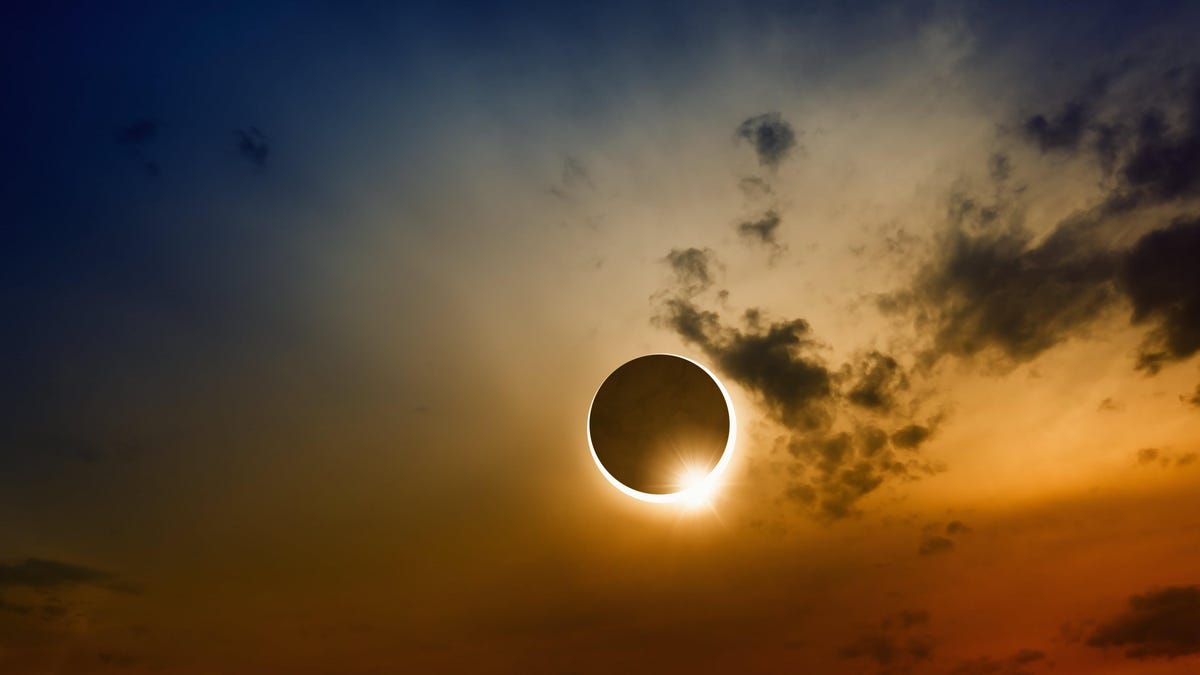You Can Take a Decent Photo of a Solar Eclipse With Your Phone

If you want to photograph a solar eclipse, you have two options soon. On October 14, 2023, an annular solar eclipse (that is, one in which the edge of the Sun remains visible) will be visible on the western part of the continent, and on April 8, 2024, a total eclipse can be caught closer to the east. part of America.
But be warned: an eclipse is one of the most difficult things to photograph, and even the best iPhone photography can’t compete with the efforts of a professional photographer. However, with the right preparation, an amateur with an iPhone can take some pretty good photos of the eclipse.
Solar Eclipse Won’t Damage Your iPhone (But May Damage Your Eyes)
I’m sure you already know that looking directly at a solar eclipse can permanently damage your vision, and you may have heard that bright light can also damage your camera sensors. This may be true for some cameras, but your iPhone should be fine, at least that’s what Apple says.
However, if you’re trying to take a nice shot of the sun being absorbed by the moon’s shadow, whipping out your iPhone with the lens open isn’t the best option. For best results, you’ll have to do a little preparation.
Buy eclipse viewing glasses for yourself and your phone.
Leaving it out won’t damage your phone, but the solar filter will allow you to get better images of the eclipse. You don’t have to buy expensive equipment: the disposable glasses that keep your eyes protected during a solar eclipse also fit your phone’s lenses, and they’re inexpensive enough to buy an extra pair (so you can attach a filter to the lens). this is a trivial cost. This will eliminate glare that can ruin any photo of the sun.
Buy a tripod
A stable tripod is especially important if you’re filming a celestial event, but even if you’re going to be taking photos, a tripod will help prevent blur when shooting handheld.
To get the perfect shot, practice beforehand
A total solar eclipse is a rare, perhaps once-in-a-lifetime event, but that doesn’t mean you can’t practice for it. The uneclipsed sun is the same brightness as the edges of the sun that appear during an eclipse, so you can use it to experiment with the filter and exposure and focus settings on your phone to your heart’s content.
Don’t rely on your iPhone’s automatic settings. You’ll need to use full manual mode here, and keep in mind that the light will gradually change from bright sunlight to complete darkness, so be prepared to use the exposure controls.
You can also use NASA’s website to determine exactly where the sun will be in the sky during the eclipse to help plan the composition of your photos.
Take photos of the eclipse with Apple Watch
So, you have everything set up in advance. You have a filter on your lens and your phone on a tripod, so you know exactly when you’re going to take the perfect shot. Make your shot even more vivid by using your watch’s camera controls, or try setting the timer on your iPhone. This way, you can watch the eclipse with your (protected) eyes rather than watching it through your phone.
Also take photos around you.
Part of the coolness of eclipses is the changing nature of the light as the big moment approaches. Take photos of the people you are watching the eclipse with. Instead, take a selfie with the eclipse in the background. Take a few photos of the wonder on your child’s face in the strange twilight as he watches the sun disappear. Or imagine your buddies looking like the Reservoir Dogs cast in paper eclipse glasses.